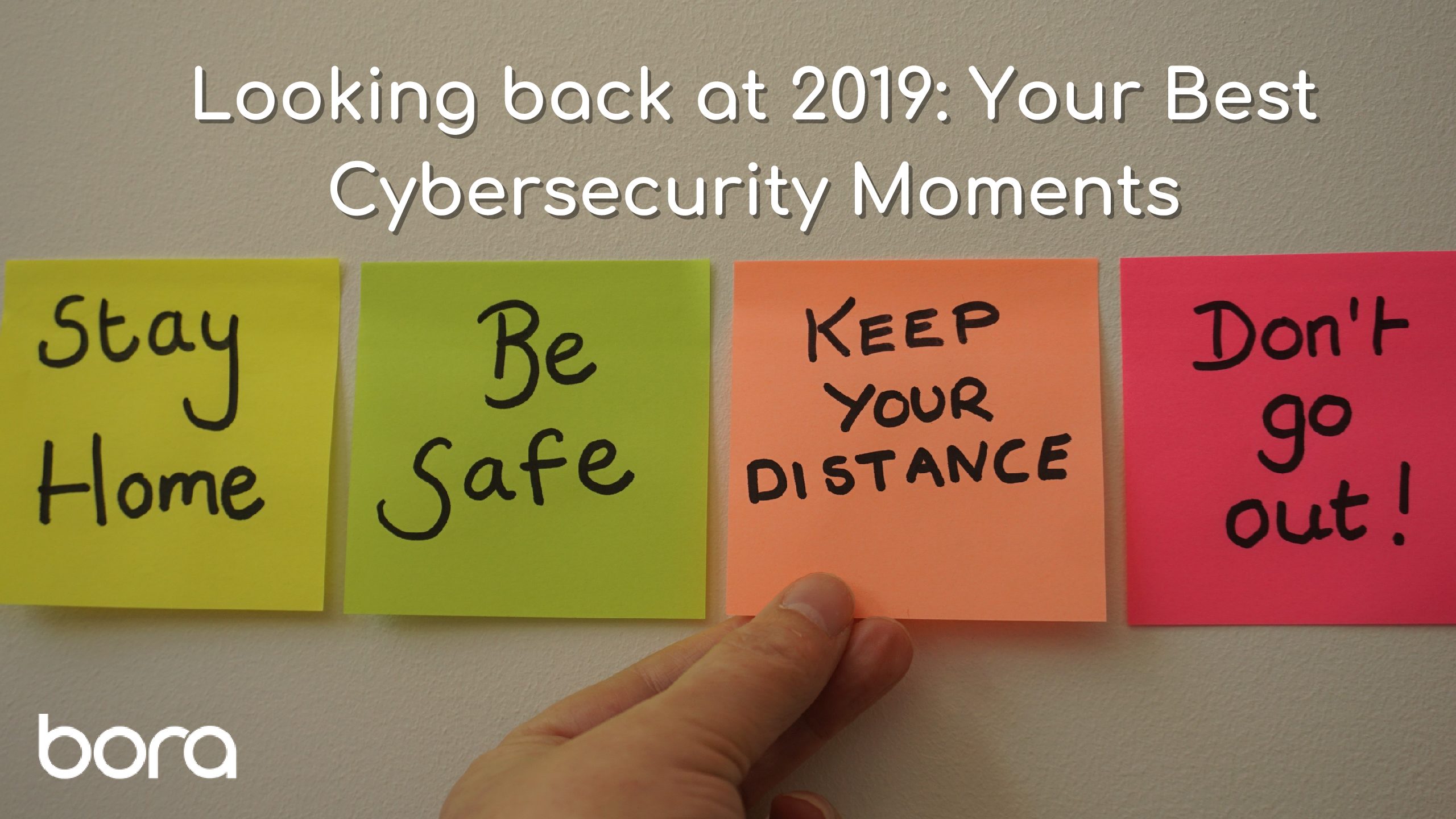What is a crowdsourced cybersecurity blog?
The internet has done so much to expand the accessibility of knowledge. It has brought about changes in the way we communicate, as well as the way we collaborate. The speed at which disparate expertise can be combined into a single work has never been easier to realize. This has introduced the ability to crowdsource. Crowdsourcing is the process of seeking out knowledge, goods, or services from a large body of people. In cybersecurity, crowdsourcing is a valuable marketing tool.
A good example of a crowdsourced cybersecurity blog is 15 Tips to improve your infosec risk management practice from Tripwire. In that blog, each author presents a tip for improving the practice of risk management. Risk management is a vital part of any cybersecurity practice. The recommendations the authors present have been compiled from the contributions of six CSOs/CISOs, who have applied risk-based security management themselves to their businesses. A crowdsourced blog combines multiple years of expertise into an information powerhouse.
What are the benefits of a crowdsourced blog?
Crowdsourcing delivers enormous benefits to a marketing strategy: Diversifying the solutions you provide, adding expertise from varied yet related fields, and producing something of extra value to the reader. These three benefits serve to both improve the quality of your blog, as well as providing the ability to maximize the scope to scale up your content production.
Another benefit you will gain from compiling a crowdsourced cybersecurity blog is the expansion of your cybersecurity network through the relationships you will build with your contributors. Over time, this will also manifest in future collaboration on other projects. But more importantly, in the short term, you will be able to increase the reach of your blog when it is published and promoted by the contributors, sharing the blog within their own networks.
How do I compile a crowdsourced blog?
Step #1: Have a Clear Direction
Before you begin reaching out to your community, it is important to be mindful of what you’re trying to achieve with your blog and to clearly define your goals. For a crowdsourced cybersecurity blog, you will be seeking shareable knowledge, as opposed to promoting goods or services. When formulating the questions for your contributors, clearly specify what problem you are looking to solve for your audience. Creating open-ended questions for contributors to answer will provide them with space to elaborate, but will also keep them on-topic. Such clarity will help to attract contributors, as people want to add value to a great idea, not prop one up, or write the blog themselves.
Contributors enjoy providing the audience with practical solutions to a pressing cybersecurity topic or a problem of interest. A crowdsourced blog will help drive traffic to your website, establish the site as a source of authoritative industry information, and ultimately strengthen your brand recognition.
Step #2: Surf Your Crowd
Now you have a strategy and relevant questions that will provide fleshed-out answers; you need to determine whom you will be reaching out to for contributions. Choose your crowd community carefully, remembering that not every response may be used within your blog.
The cybersecurity community is one that is very responsive, but you also must be respectful of their time. Start by asking people you already have a relationship with within the community whom they would recommend. That helps garner new responses from a familiar introduction, something that is really powerful. Also, consider asking spokespeople from inside your own organization, as that will help place them alongside other industry leaders, as well as further position your own company’s perspective, which is really important. It’s good to take a risk and ask people you don’t already know. For example, if you’re covering the topic of cloud securityWhat is Cloud Security?Cloud security refers to the measures and strategies used to protect data, applications, and resources stored, accessed, and processed in cloud computing environments. It involves a combination... More and you have a particular expert in mind, it doesn’t hurt to send them a note via their website, or even on LinkedIn. Just make sure you only reach out once, and don’t spam them!
Step #3: Reaching Out
When you have determined your list of people you want as contributors, it’s time to reach out and make contact. Potential contributors in your existing network will be the easiest to reach out to, as you will already have their contact information. Potential contributors in your extended network may require contact through a member of your organization or a mutual connection who already has an existing relationship with that individual. When reaching out to these individuals, be sure to explain what you’re trying to achieve, what the value of contributing will be to them, and include examples of similar projects that evidence your ability to produce the work.
There will also be potential contributors whom you have no connection with, directly or indirectly. For these potential contributors, it will be necessary to visit their websites or social media platforms to make contact. Increasingly, websites do not provide direct email contact information and will provide a generic inquiry form with a restricted number of characters. The problem of having limited characters to make your request also applies to social media platforms. Make sure to be polite, introduce yourself, make a request for contact, and provide your email/website details as best you can.
Step #4: Managing and Editing Submissions
Clearly defined deadlines are essential to your crowdsourced cybersecurity blog. Some contributors will respond quickly, while others will require prompting. Give yourself a suitable time frame to receive and reply to messages and chase others.
A few key elements to consider here:
1) It’s best to take no response as a firm ‘no’ sometimes. If someone doesn’t initially reply to you, and also fails to respond to a subsequent request, do you really want to send them another email?
2) Be respectful of their work. If you’re asking for someone to contribute, then when it comes to editing, you want to try and keep their voice as much as possible. Unless something is wrong, don’t try and change too much.
3) Quite often, you will find that contributors will send over too much content to work with. Instead of just editing 800 words down to 200 words to fit your blog, can you look to repurpose some of that for another blog to ensure you maximize what they have sent you?
4) Always send the contributors the final draft for them to review. They may not be happy with their response once you have edited it, or they may want to change it when they see what others have said.
5) It is always a good idea to follow up with a sincere thank you to your contributors for devoting their time. Even if you have offered an incentive, a personal thank-you note will go a long way toward future collaborations.
Relationships are a two-way street, so it’s vital to ensure you have proper communication and you’re respectful of their time, especially if you want to work with them again in the future!
Step #5: Publishing and Promotion
When you have received confirmation from your contributors that they are happy with your edits, you are ready to publish your blog. Send your contributors a finished copy of the blog and inform them when the blog will go live. When the blog has gone live, promote it through your own social channels, and send them an email informing them of this. Let them know (without requesting directly) that it would be great if they could share the blog on their social channels. You have already included their social handles in the blog, so this is a fair and mutually beneficial request.
At Bora, we can help you channel the power of crowdsourced blogs into your overall marketing strategy; you can see some examples of things we’ve worked on recently:
https://www.welcometobora.com/wp-content/uploads/2023/01/cybersecurity-marketing-in-2023-eBook.pdf.
https://ebooks.cisco.com/story/creating-safe-spaces/page/1.
Contact us for more details or read more about how you can Build A Content Marketing Plan And Strategy With Bora.




